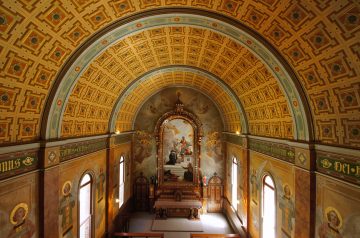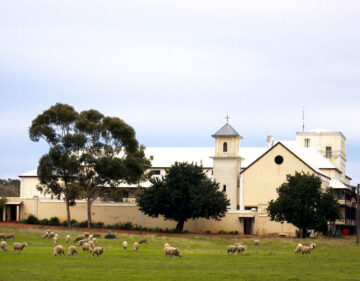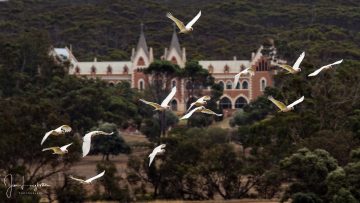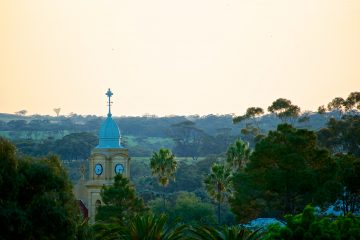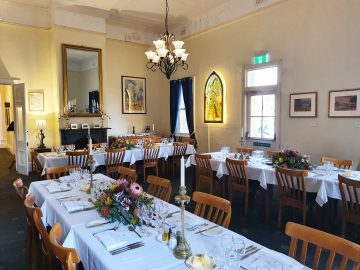Tuesday, 14th February 2023
Fruit Harvest at New Norcia
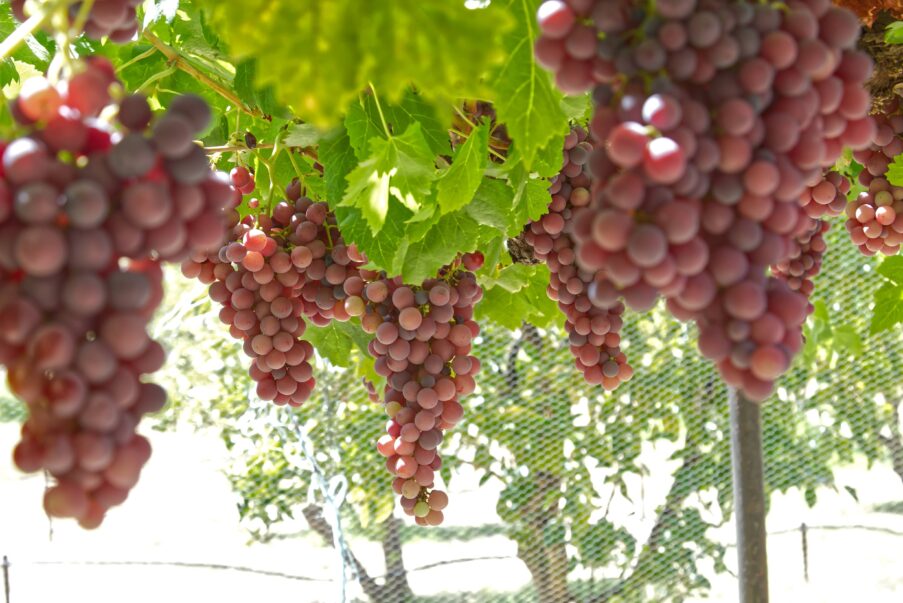
The orchard behind the monastery is primarily looked after by the monks, assisted in some areas by Grounds and Maintenance staff. It has grapes, plums, citrus fruits, figs and nectarines, all in abundant fruit at this time of year (to a greater or lesser degree). Fr David took over looking after the grapes seven years ago (age 80) and was apprenticed to the pruner.
The vines are of varying age, the oldest being over 120 years, the younger some 30 years old. The old brick shed that is used for the orchard is similarly more than 140 years old and had one complete wall renewed at some stage. The original rough cut roof beams are still in place.
In 2020 Sarah and Peter Smith volunteered to prune the vines. In 2021 they were joined by their daughter and two grandchildren and they have continued to prune the vines in July/August each year. The fruit of their labours is amply evident this year with festoons of grapes proliferating through all the vines.
The plum trees are espaliered and similarly laden with gorgeous plump fruit. Needless to say, the grapes and plums are kept in birdproof netted cages, otherwise the local bird life, particularly silver eyes and other species with a sweet 'tooth', would claim the entire harvest as their own!
Fr David said, "Brothers Steve and Gavin Doulas come in July each year to prune the stone fruit trees, and attend to other trees and bushes elsewhere in the town. G&M maintain the reticulation system that waters the citrus and stone fruit trees; grounds staff also help out when grass control gets beyond the monks. Five years ago, regular watering of the vines was discontinued; during the summer they receive a good watering every four or five weeks, if there has been no significant rain in the meantime."
He also explained the problems faced in the orchard, which include keeping fruit fly and other pests out or under control, keeping grass under control (especially trying to limit the spread of aggressive types such as kikuyu and couch grass), pruning the citrus trees and managing the removal of dead or unproductive trees.
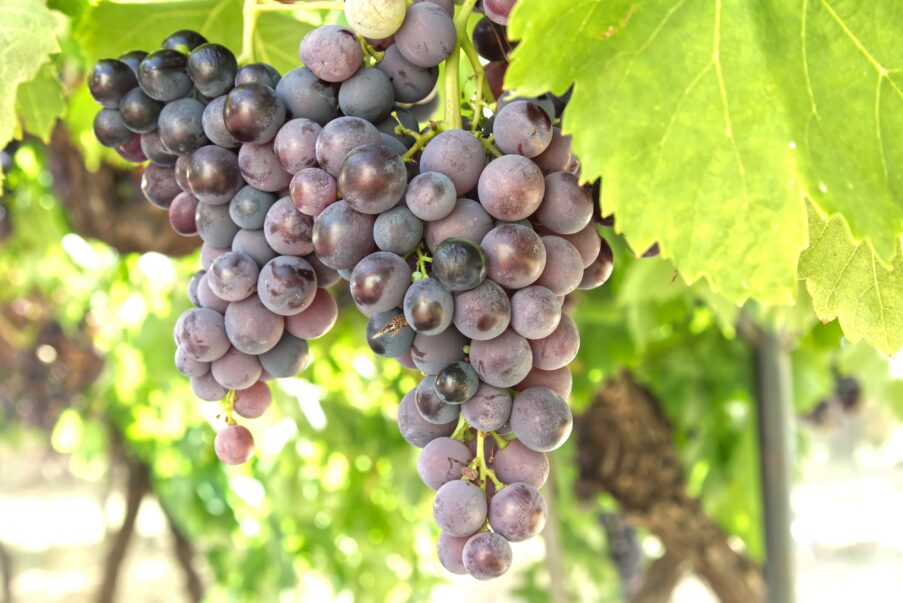
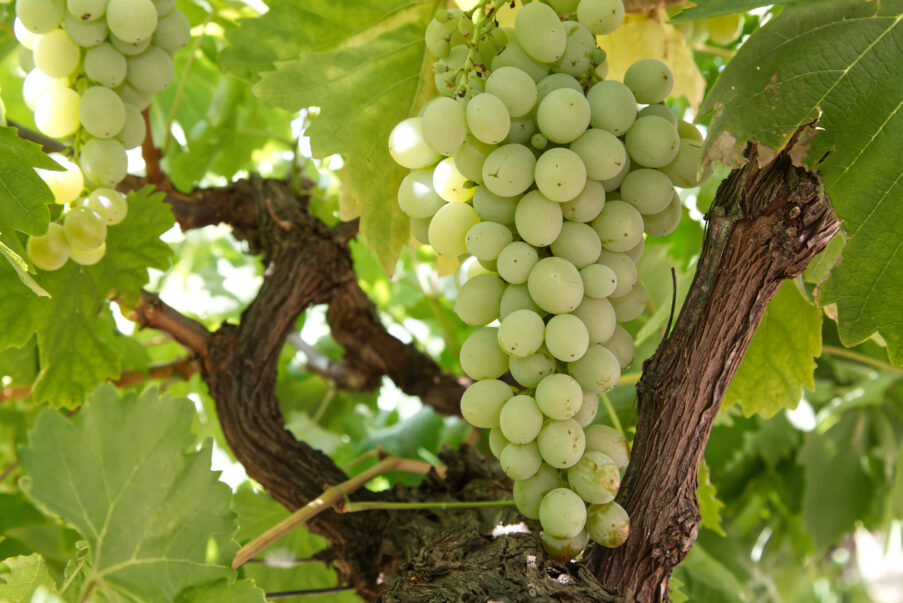
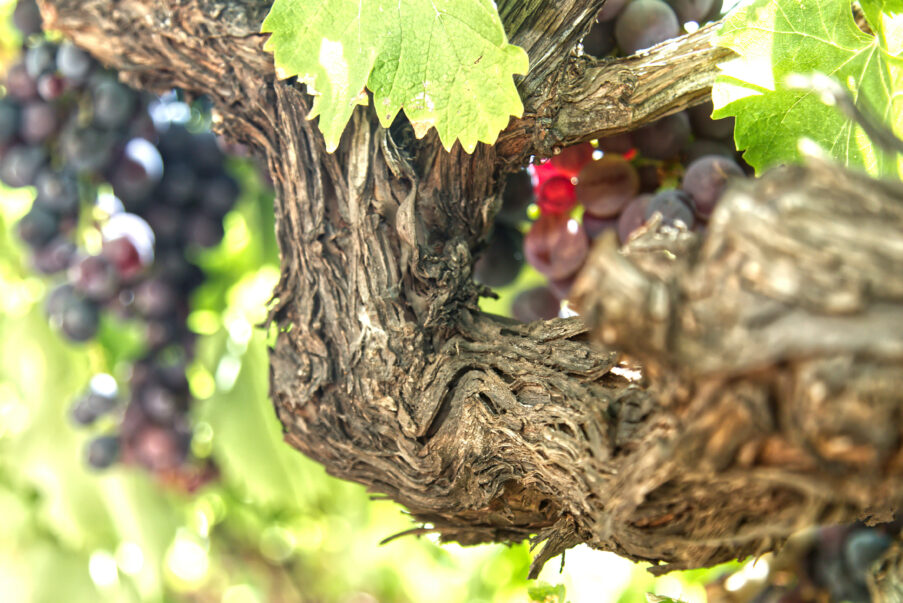
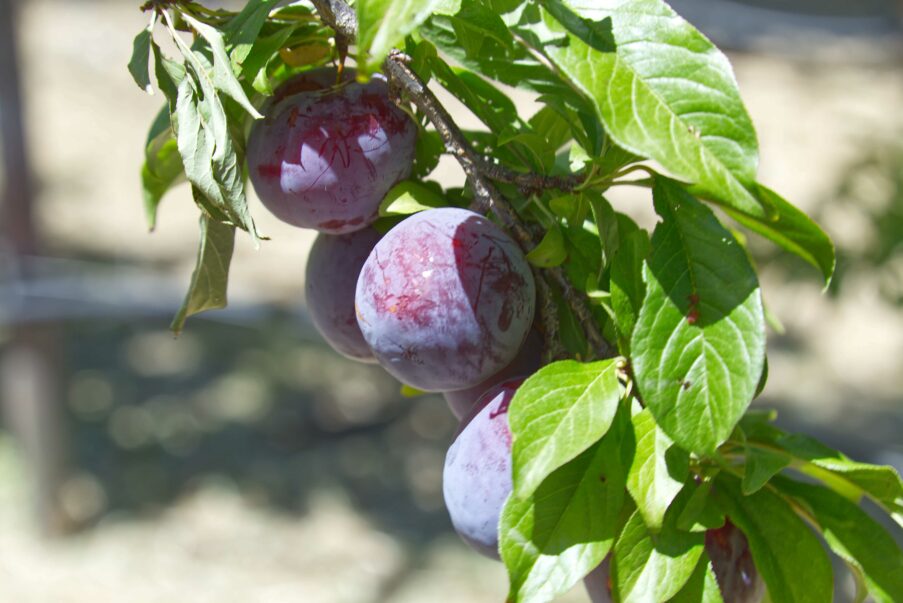
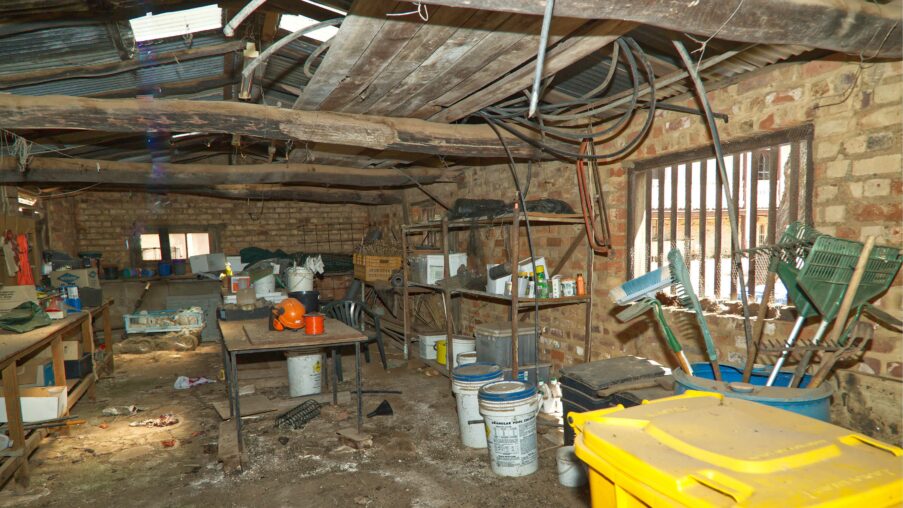
Photos and story: Jim Longbottom
